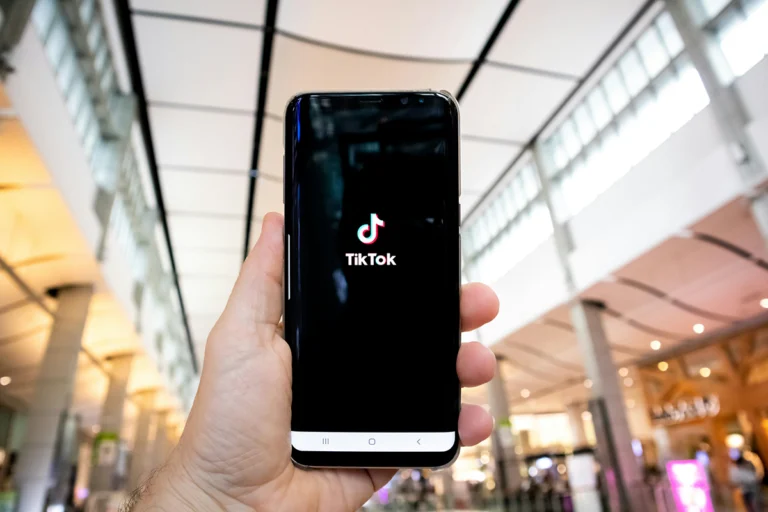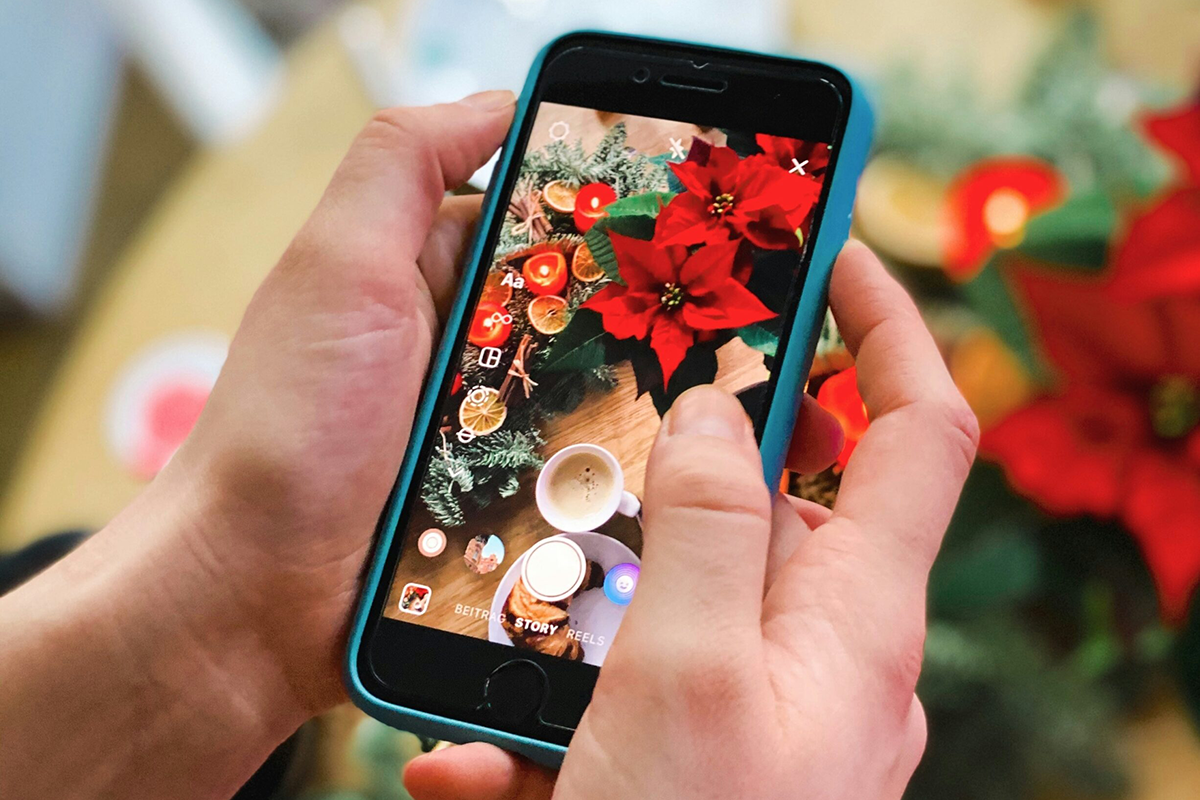Why TikTok Feels Impossible to Put Down
Short, personalized videos hit the brain’s reward system every few seconds, making TikTok uniquely sticky. The app’s variable‑reward design can spark compulsive use – sometimes labeled “digital addiction.” Heavy social‑media time is also linked to higher anxiety, lower sleep quality, and reduced attention (Coyne & Woodruff, 2023). To reduce scrolling time read through our tips.
Decide Your “Why” to Reduce Scrolling Time
Gen Z and Millennials most often quit TikTok to:
- Protect focus: Win back deep‑work hours lost to micro‑scrolls.
- Boost mental health: Ease comparison‑driven stress.
- Sleep better: End blue‑light doom‑scrolling before bed.
Write your top reason on a sticky note or lock‑screen image; clear intent strengthens resolve (Vialle et al., 2024).
Step‑by‑Step Plan to Stop TikTok Scrolling
1. Spot Your Triggers
Keep a two‑day “scroll log” of when you open TikTok—boredom, stress, waiting in line. Pattern‑spotting helps you plan healthier replacements (Offline Now Book).
2. Create Compassionate Barriers
Start where you feel able, then level up:
- Mute notifications for less reminders to check your phone.
- Move TikTok off your home screen or into a hidden folder.
- Delete the app when you feel ready—even temporarily. Many people find a clean break easier than endless willpower battles (Radtke et al., 2021).
- Log out on desktop to add extra friction if you must peek for work or school.
3. Replace TikTok, Don’t Just Remove
Swap scrolling with quick, rewarding offline actions: stretch, sketch, call a friend, read one page. Students in detox studies say hobbies and a simple wristwatch helped them unplug (Syvertsen, 2020).
4. Reduce Scrolling Time Slowly (If Cold Turkey Feels Scary)
It might be daunting to quit TikTok permanently, maybe try tapering off. Use screen‑time tools to shave 15 minutes per day. Gradual reduction can protect against rebound scrolls (Schmuck, 2020).
5. Handle Withdrawal & FOMO
Expect urges and fear of “missing out” when attempting to quit TikTok permanently. Remind yourself most TikTok content is fleeting and curated. Ground yourself in real‑world moments—conversation, nature, music (Syvertsen & Enli, 2019).
6. Seek Extra Support When Needed
If cravings hurt your daily functioning, talk with a counselor who understands tech‑reliance (Petros, 2022). Community and accountability can aid this journey.
Build a Sustainable Digital Life Beyond TikTok
Start by declaring phone‑free hours—say, no devices in the bedroom after 9 p.m.—to give your brain a nightly reset to reduce scrolling time. Next, curate your remaining feeds and unfollow any account that sparks comparison instead of inspiration. Protect these gains with scheduled offline blocks for exercise, creative projects, or face‑to‑face catch‑ups. Finally, run a monthly check‑in and ask, “Does this tool still serve my values?”—then keep, tweak, or delete accordingly.
Key Takeaways to Reduce Scrolling Time
TikTok has rapid‑fire, unpredictable rewards are built to keep you scrolling. Break the loop by setting compassionate barriers—delete the app or bury it in a folder—and write down a clear reason for quitting. Fill the gap with quick wins like a brisk walk, a page of reading, or a call to a friend, and enlist someone to keep you accountable when cravings hit. Then apply the same sustainable boundaries—timed check‑ins, muted notifications, tech‑free zones—to every app so your time, focus, and well‑being stay protected.
Action Checklist
- Pick a first barrier that feels doable—mute notifications or hide the app icon today.
- Choose one offline swap (stretch, journal, call a friend) to use when urges hit.
- When you feel ready, uninstall TikTok—even if it’s “just a trial” week. Notice the mental space you regain.
- Share your goal with a supportive friend for accountability.
- Evaluate after seven days—celebrate any wins leading to quit TikTok permanently, adjust barriers, and repeat.
References
- Coyne, P., & Woodruff, S. J. (2023). Taking a break: Effects of a two‑week social media detox on problematic smartphone use. Behavioral Sciences, 13(12), 1004.
- Nguyen, V. T. (2022). The perceptions of social media users of digital detox apps considering personality traits. Education and Information Technologies, 27(7), 9293–9316.
- Petros, L. (2022). Be prepared to address technological addictions in psychiatric practice. Psychiatric News, 57(2), 23.
- Radtke, T., Apel, T., Schenkel, K., Keller, J., & von Lindern, E. (2021). Digital detox: An effective solution in the smartphone era? Mobile Media & Communication, 10(2), 190–215.
- Schmuck, D. (2020). Does digital detox work? The role of detox apps for problematic smartphone use. Cyberpsychology, Behavior, and Social Networking, 23(8), 526–532.
- Shields, K. (2020). Is it time for a digital detox?
- Statista. (2023). Average daily time spent on social media worldwide as of Q1 2023.
- Syvertsen, T. (2020). Digital detox: The politics of disconnecting. Emerald Publishing.
- Syvertsen, T., & Enli, G. (2019). Digital detox: Media resistance and authenticity. Media, Culture & Society, 41(8), 1265–1279.
- Vialle, S. J., Machin, T., & Abel, S. (2024). Better than scrolling: Digital detox in the search for the ideal self. Behavioral Sciences, 14(1), 67.
*Disclaimer: Offline Now offers educational coaching tips, not medical or therapeutic advice; please consult a qualified health professional for personal or clinical concerns.*




